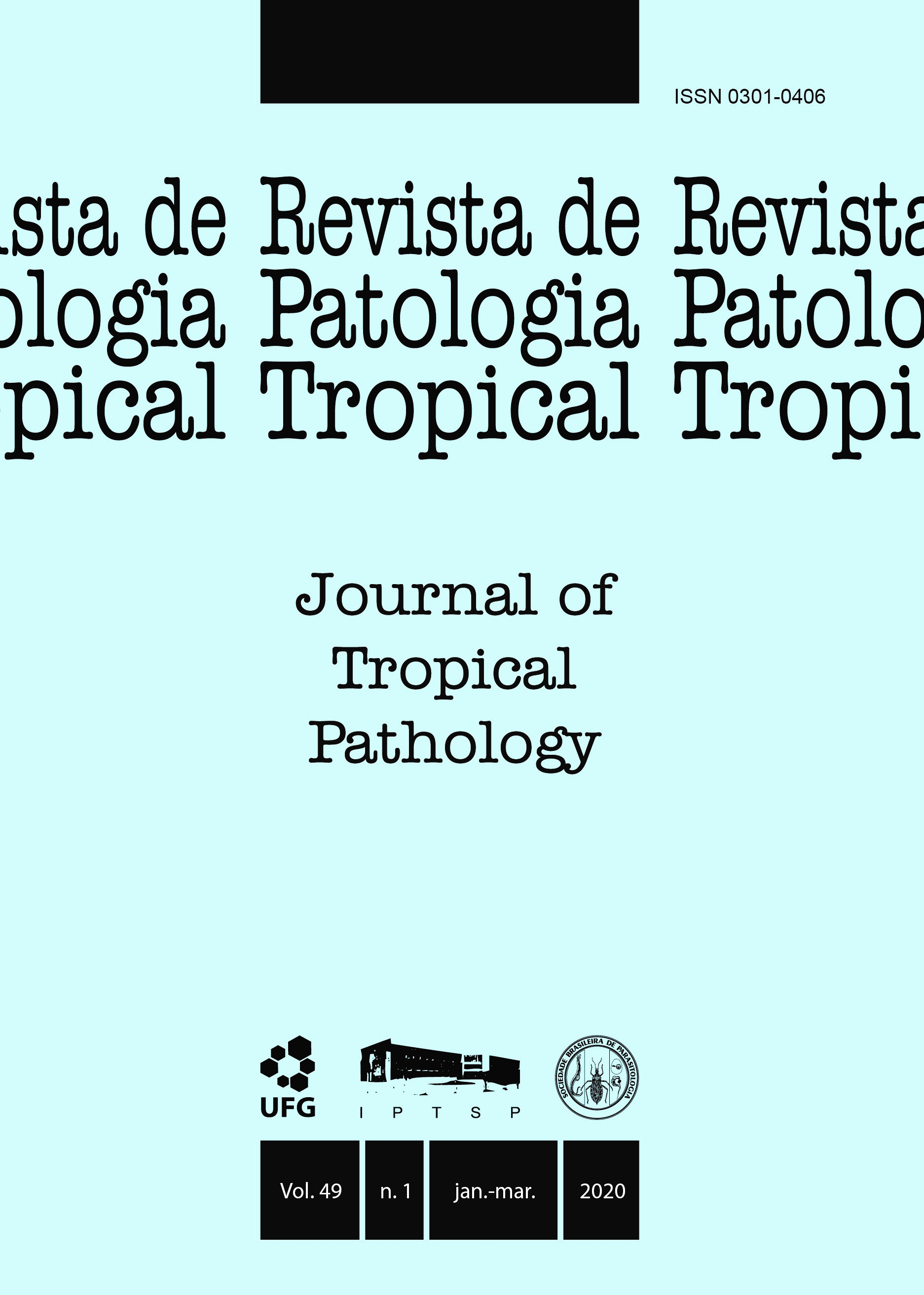PARASITOLOGICAL EVALUATION OF LETTUCE SERVED IN SCHOOL MEALS AT A FEDERAL STATE SCHOOL IN RIO DE JANEIRO, BRAZIL
DOI:
https://doi.org/10.5216/rpt.v49i1.61879Resumo
The Brazilian “National School Lunch Program” (PNAE) must provide healthy food for students in public primary education. Thus, it is necessary to ensure both nutritional and parasitological quality, reducing health risks. Vegetables must be clean, presenting no parasites and larvae, according to Brazilian legislation. Lettuce (Lactuca sativa L.) is one of the favorite vegetables among students, and is eaten raw in salads. This paper aims to evaluate the parasitological quality of lettuce served in school lunches. 72 samples of leaf lettuce, 36 from
conventional agriculture (CA) and 36 from family agriculture (FA), were analyzed. Half the samples in each group were sanitized by immersion in a sodium hypochlorite solution, with 2% active stabilized chlorine for 10 minutes (n=18/each) and half were not sanitized (n=18/each). Parasite load evaluation was performed by two methods in each subgroup: spontaneous sedimentation (SS) and sedimentation by centrifugation (SC). The parasite frequencies found were evaluated by the chi-squared test. Medically relevant parasites identified were helminths (Strongyloides stercoralis, Ascaris lumbricoides and Hookworms) as well as protozoa (Balantidium coli and Entamoeba coli). 44.6% of the FA samples presented some form of parasite by SS evaluation and 33.4% by SC evaluation; 66.7% of the CA samples presented parasites by SS evaluation, and 44.5% by SC evaluation. No significant differences were noted between the FA and CA groups in either technique. No parasites were found in any of the sanitized lettuces, regardless of the subgroup or technique applied. These results evidence the
importance of adequate training and guidance for vegetable growers, food handlers as well as the general population regarding proper hygiene of lettuce leaves prior to consumption.
Downloads
Downloads
Publicado
Como Citar
Edição
Seção
Licença
The manuscript submission must be accompanied by a letter signed by all authors stating their full name and email address, confirming that the manuscript or part of it has not been published or is under consideration for publication elsewhere, and agreeing to transfer copyright in all media and formats for Journal of Tropical Pathology.

